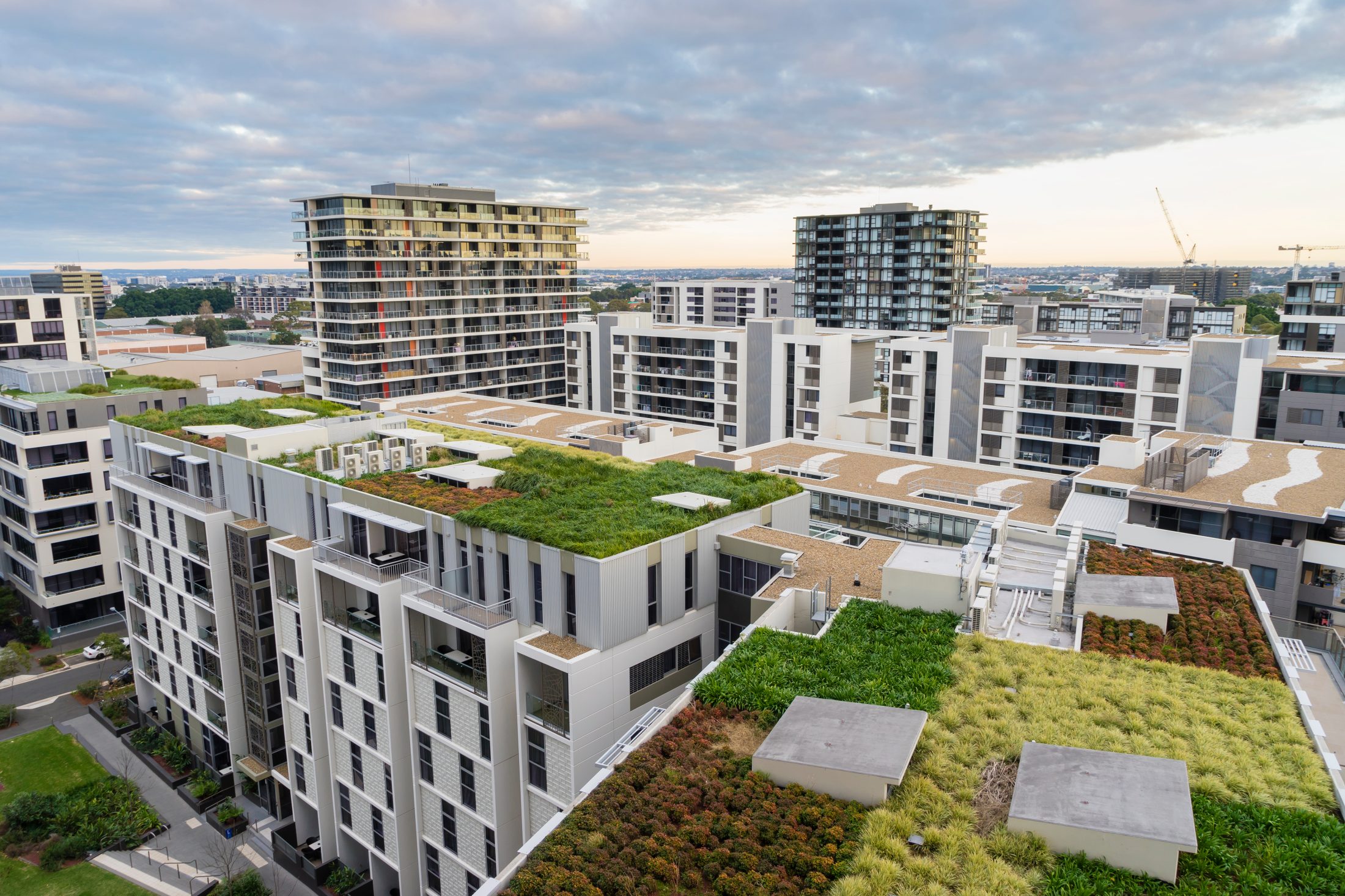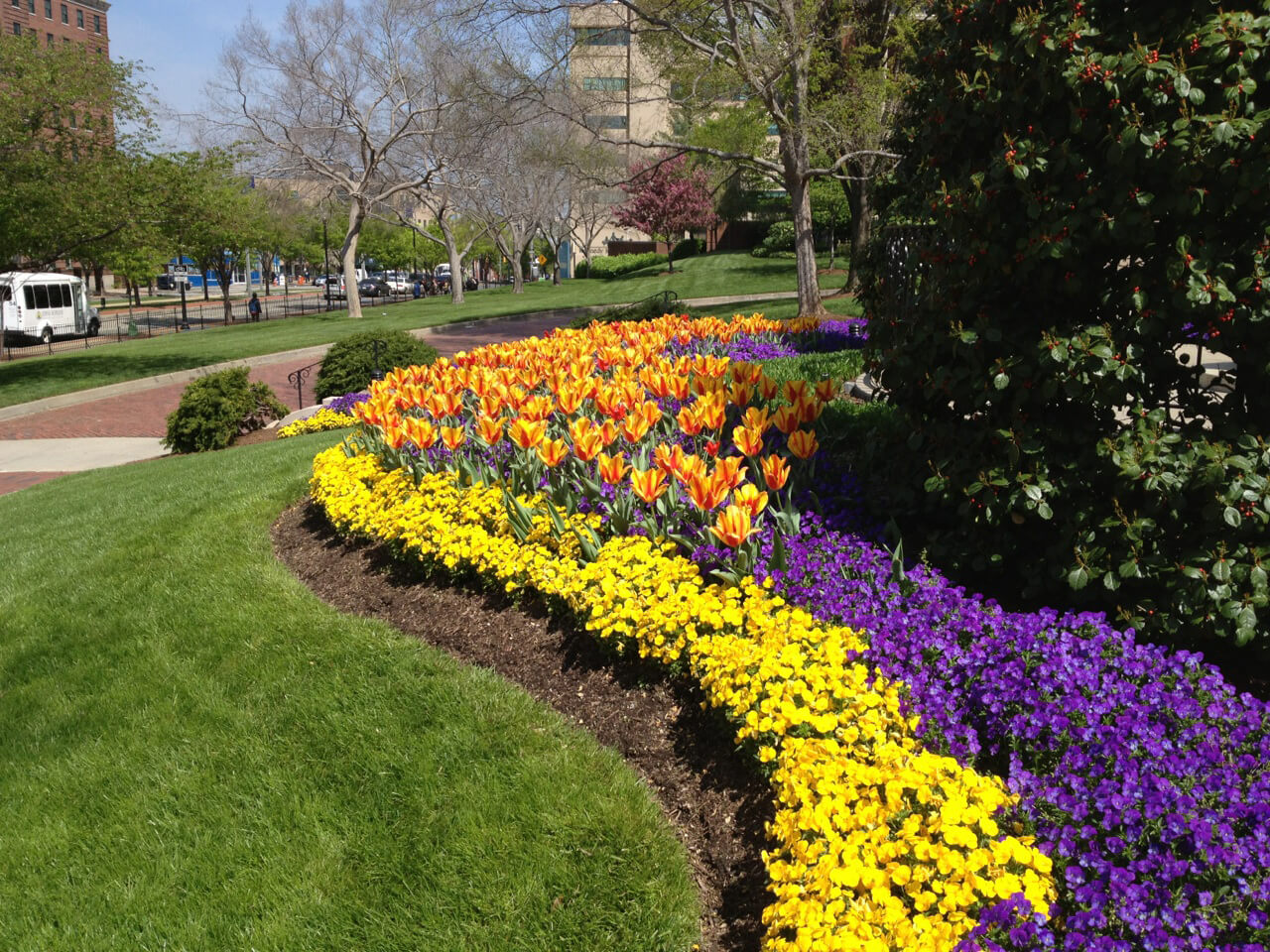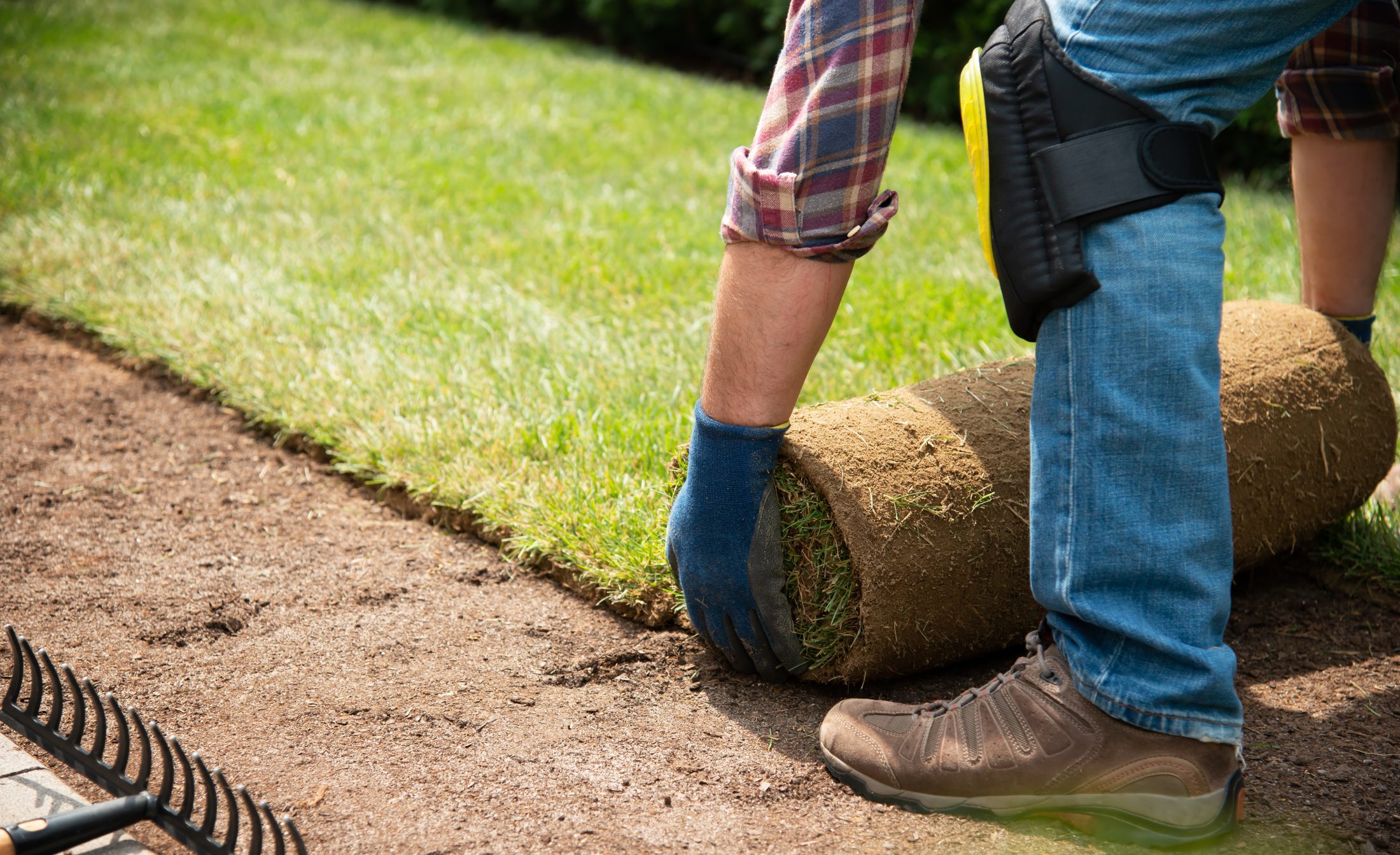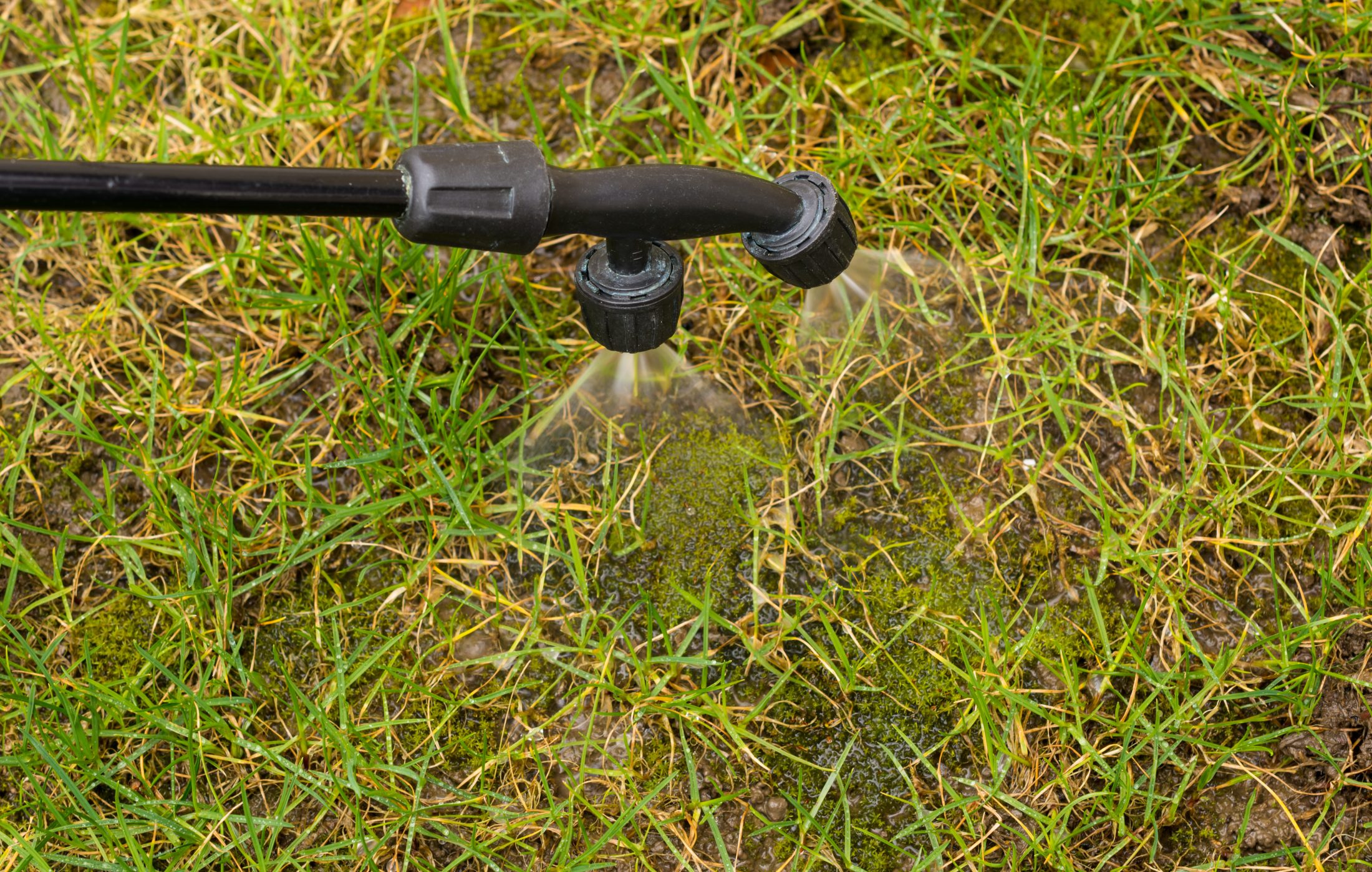Leaf Removal (removal vs. mulching in turf)
As summer comes to an end so does the tree growing season. As fall approaches, property managers are left with a decision to make. Should fallen leaves be mulched or removed? When it comes to leaf removal it may be tempting to wait until all the leaves have fallen, however, it is much better for the overall health of your lawn to remove them as soon as possible. Leaves can also cause safety issues as fallen leaves on pavements, parking lots, and patios can be slippery when wet and lead to accidents. Read more »








